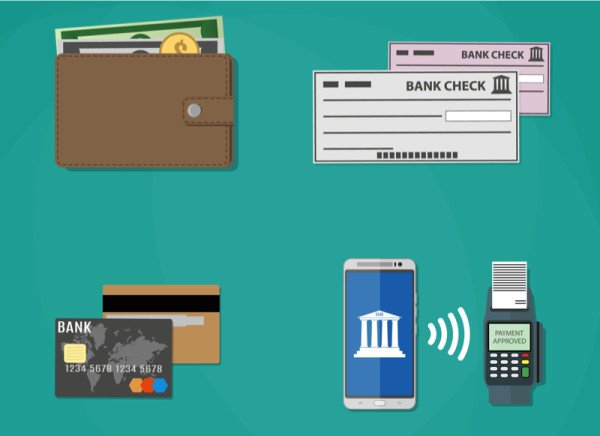Alternative payment methods are growing steadily in Europe. To succeed at cross-border e-commerce, merchants need to accommodate local payment schemes. The presentation Cross Border E-Commerce: The Importance of Alternative Payments at the MPE 2016 Convention outlined the importance of recognizing the payment methods in different locales. The presentation was led by Mr. Frank Breuss , Director of International Sales at PPRO, and Ms. Rita Liu, Head of Alipay EMEA in the U.K.
What Are Alternative Payment Methods?
Alternative payment methods are alternatives to credit card payments. Examples of such include mobile wallets, or payments made with a mobile device; use of prepaid cards, direct debit, electronic cash payments and eWallets.
Consumers in different countries have gravitated toward different methods of payments, Mr. Breuss and Ms. Liu noted. For example, the credit card is king in the U.S. while direct debit and bank transfers reign in Europe. In China, e-wallets are the most popular while electronic cash payments are the preferred method in Latin America. India’s citizens prefer cash on delivery.
Being able to accommodate different payment schemes is vital for an e-commerce business. It is like opening your doors to another country or region.
One Big Benefit of Alternative Payment Acceptance (and a couple smaller ones)
It’s all about consumer confidence in a merchant: For a consumer in China to have the ability to use his/her familiar payment method to purchase goods from an e-commerce merchant in London speaks volumes (China is No. 1 in the world in e-commerce spending).
E-Commerce merchants who are aware of the importance of alternative payment methods see increasing conversion rates – such acceptance grows a business’ reach. Consumers prefer to pay for goods and services with their own familiar method.
There are many other benefits to accepting alternative payments, as described in a recent post by Wolf Kring, CEO of Alternative Payments, in The Paypers:
- Eliminating the need for consumers to keep entering their credit card information with every purchase, streamlining the checkout process.
- Allows e-commerce merchants to break into markets where the credit card is NOT the preferred use of payment.
- Low risk of returns: Consumers paying in their familiar method are less likely to make a return.
Why the U.S. Needs to Pay Attention
Though the presentation by Mr. Breuss and Ms. Liu was focused on Europe and the U.K., it very much applies to the U.S. Though the credit card is the most popular method of payment in the states, U.S. consumers are using the EMV transition period to discover alternative payment methods.
While credit cards account for about 70 percent of payments in the U.S., other methods are growing: eWallets are the payment method of choice over 17 percent of the time – a figure that is growing due to retailers use of apps and loyalty schemes. Mobile transactions are becoming increasingly popular as is wearable technology.
Instabill Can Accommodate Your Payment Preference
As a global payment service provider, Instabill has solutions for several payment schemes, including direct debit, e-wallets, ACH and many others. Instabill has secured payment processing for e-commerce businesses since 2001. With domestic, international and offshore banking partners, our merchant account managers can find a solution for your business.
We are a click away from a conversation. Select the live chat option below or call us direct at 1-800-318-2713.


